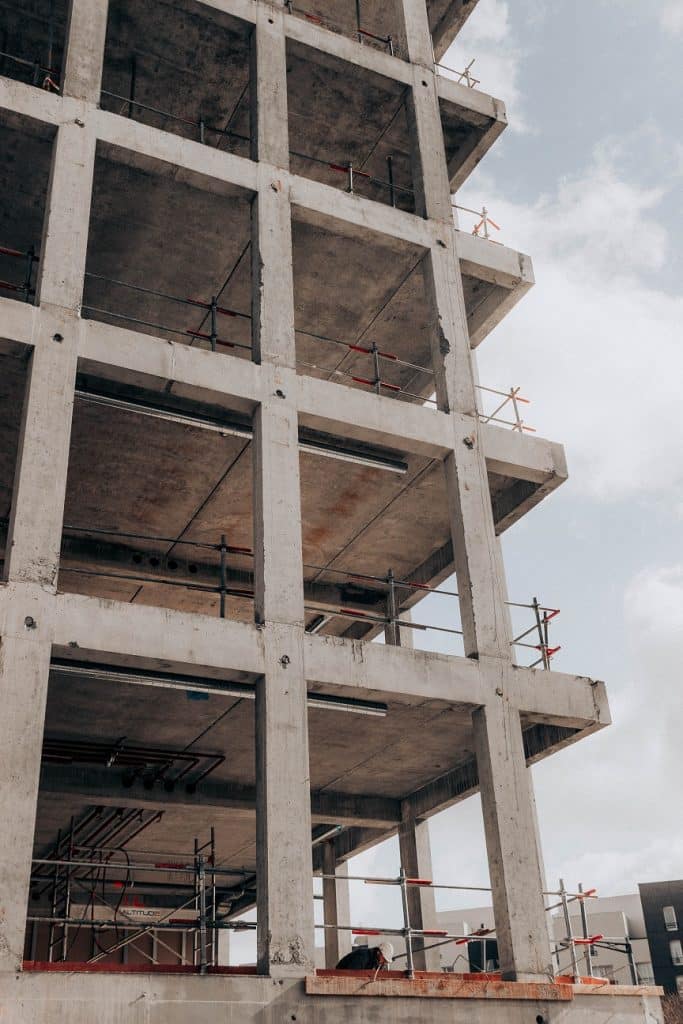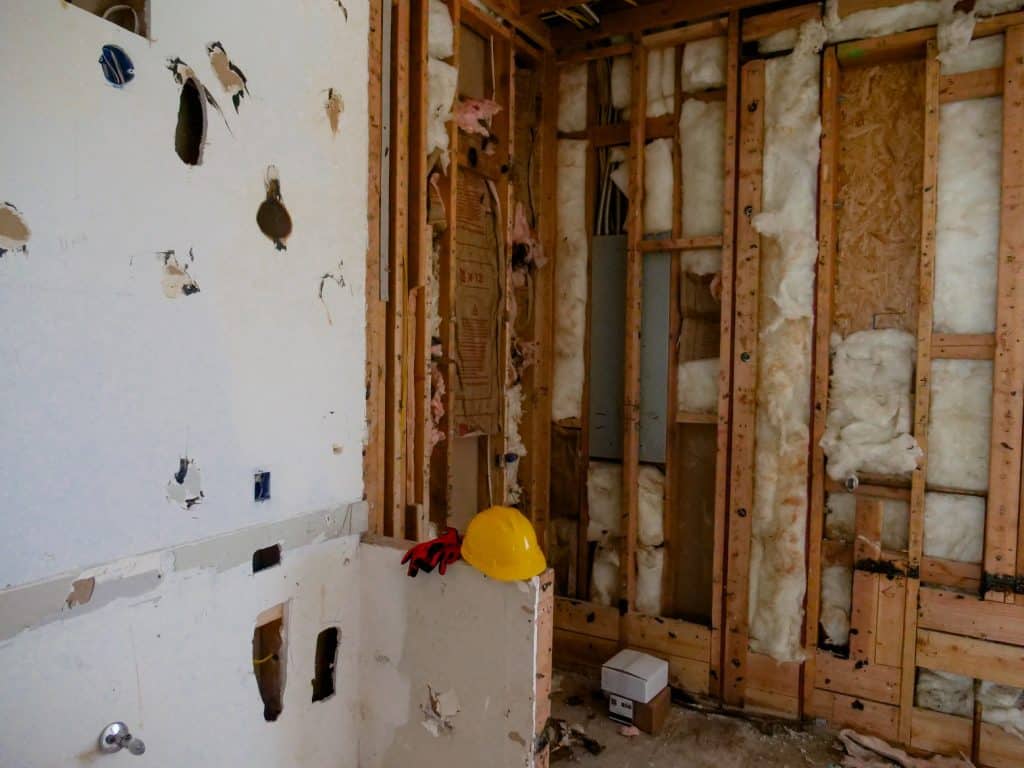The Health and Safety Executive (HSE) has successfully undertaken a prosecution following the death of a seven-year-old child over construction site safety. The civil engineering firm involved has been fined £600K for safety breaches after the child became trapped and suffocated.
The seven-year-old went missing from home on the morning of 26 July 2015 and was found the next morning by workers at the construction site at Bank End Road, Worsborough, in South Yorkshire.
An investigation by the HSE found that the child had become trapped in a drainage pipe, which had been fixed into the ground in preparation for the installation of fencing posts. Tragically, he had suffocated before being found the next morning when work restarted on site.
Howard Civil Engineering Ltd of Leeds pleaded guilty to breaching regulation 13(4)(b) of the Construction (Design and Management) Regulations 2015 and to breaching Section 3 (1) of the Health & Safety at Work etc Act 1974. The company was fined £600K and ordered to pay £42,952.88 in costs at Sheffield Crown Court.
The construction site was a new-build housing development next to an existing housing estate and adjacent to busy pedestrian footpaths and roads. The HSE investigation found that there was insufficient fencing in place to prevent unauthorised persons from accessing the construction site due to a combination of poor planning, management and monitoring of the site and its perimeter.

“Conley should never have been able to be on that site. He should have been kept out. The construction industry should be aware of the dangers of construction sites to members of the public and any other unauthorised persons.
“The dangers to children gaining access to construction sites and treating them like a playground is an ongoing problem which must be addressed at all types of sites no matter what their complexity or size.
“The industry must do all it can to ensure children can’t access construction sites and be exposed to the inherent risks they present to prevent further tragedies like this from occurring.”
HSE inspector Paul Yeadon
Construction site safety is vital as such sites are dangerous work environments but are also interesting places for children. All construction sites require measures to manage access across defined boundaries; and steps to exclude unauthorised people.
While the numbers of children being killed or injured on construction sites has reduced, there is no room for complacency. Each year, two or three children die after gaining access to building sites, and many more are injured. Also, members of the public are seriously injured by materials or tools falling outside the site boundary, falling into trenches or being struck by moving plant and vehicles.
Some children are drawn to construction sites as exciting places to play. Those managing construction sites must do everything they can to keep children out of the site and away from danger. The following specific steps are particularly relevant to child safety:
- Secure sites adequately when finishing work for the day.
- Barrier off or cover over excavations and pits.
- Isolate and immobilise vehicles and plant and if possible, lock them in a compound.
- Store building materials (such as pipes, manhole rings, and cement bags) so that they cannot topple or roll over.
- Remove access ladders from excavations and scaffolds.
- Lock away hazardous substances.
If you require health and safety advice or support for your business, please contact one of the Ashbrooke team.



